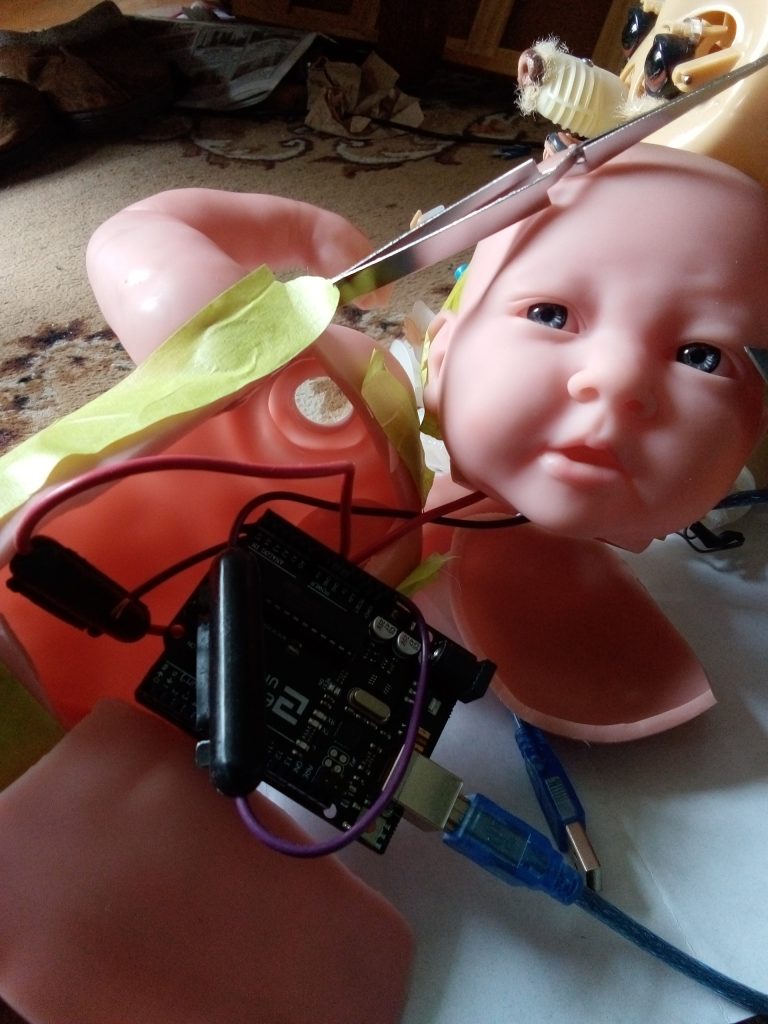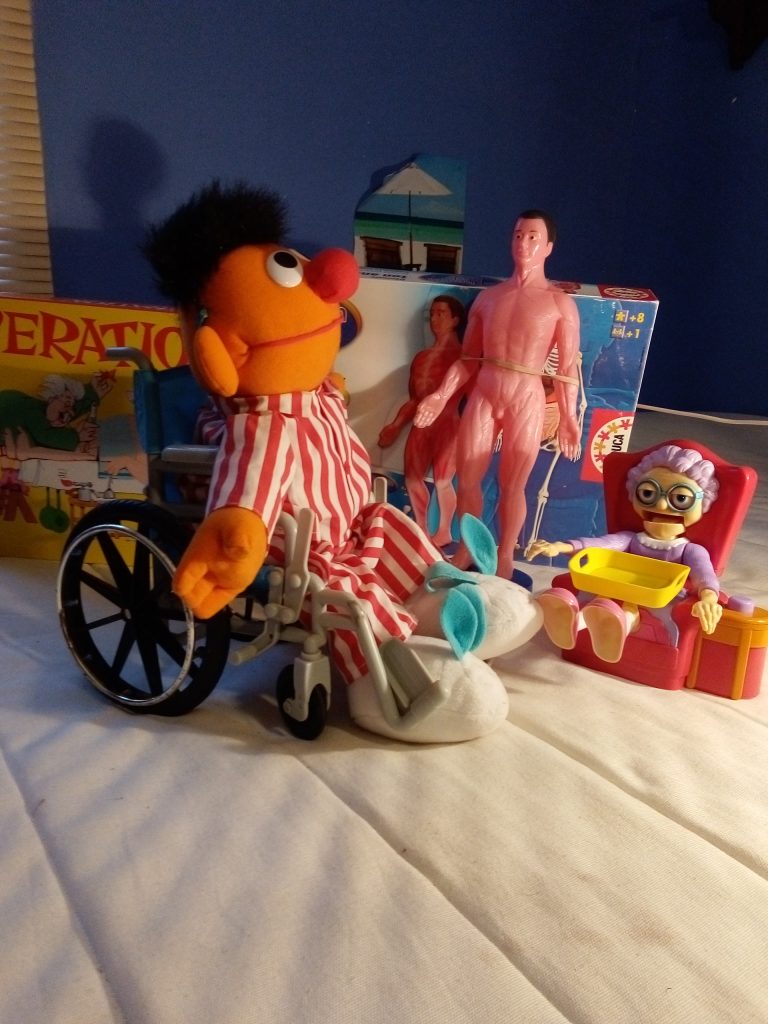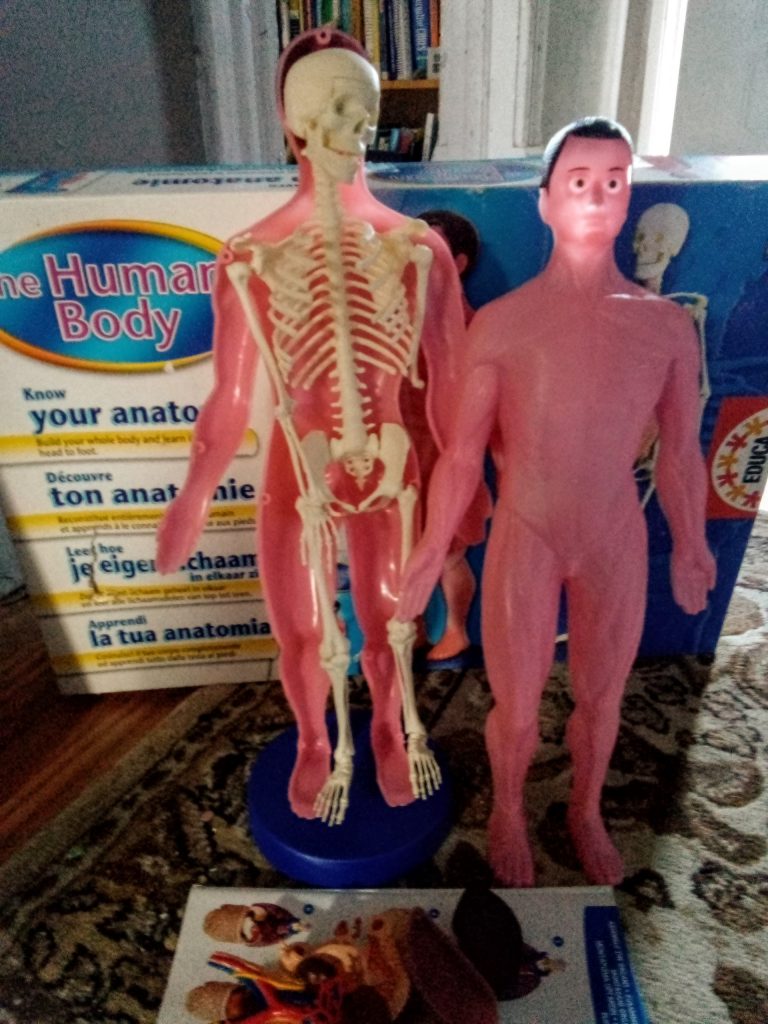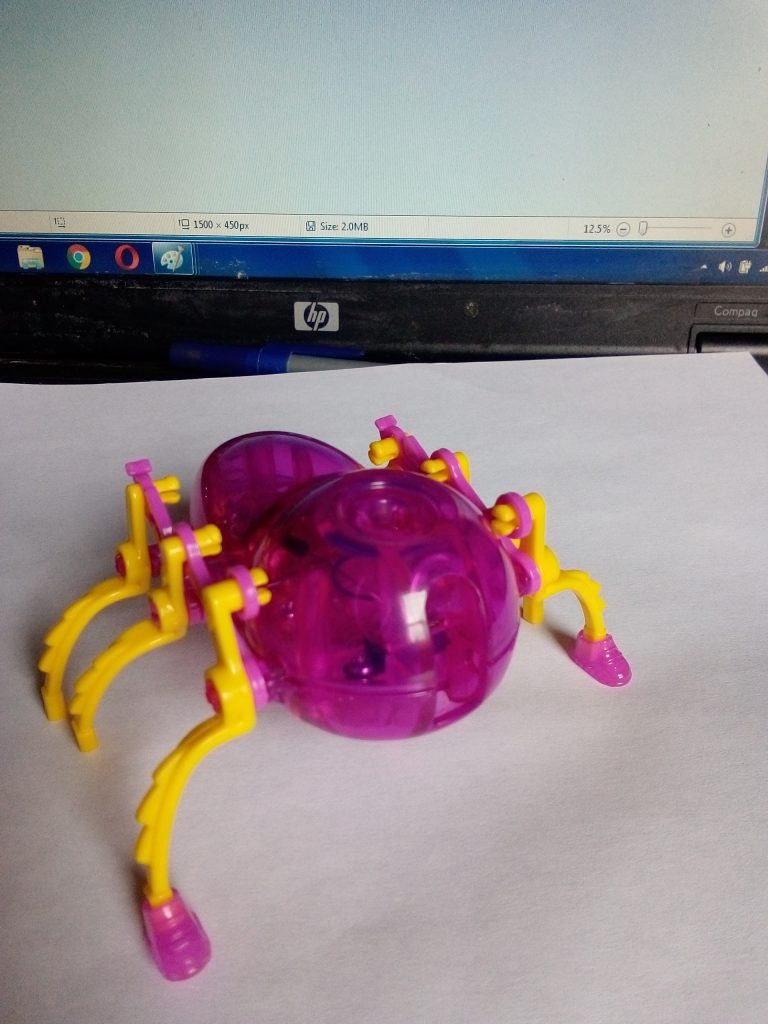Other than warehouse robots, medical and healthcare robots are probably the fastest growing area in the robotics game.
More and more surgical operations are being done half way around the world where the doctor is able to move a joystick like scalpel and other tools while a mechanical robot arm of sorts is operating on a live patient somewhere else.
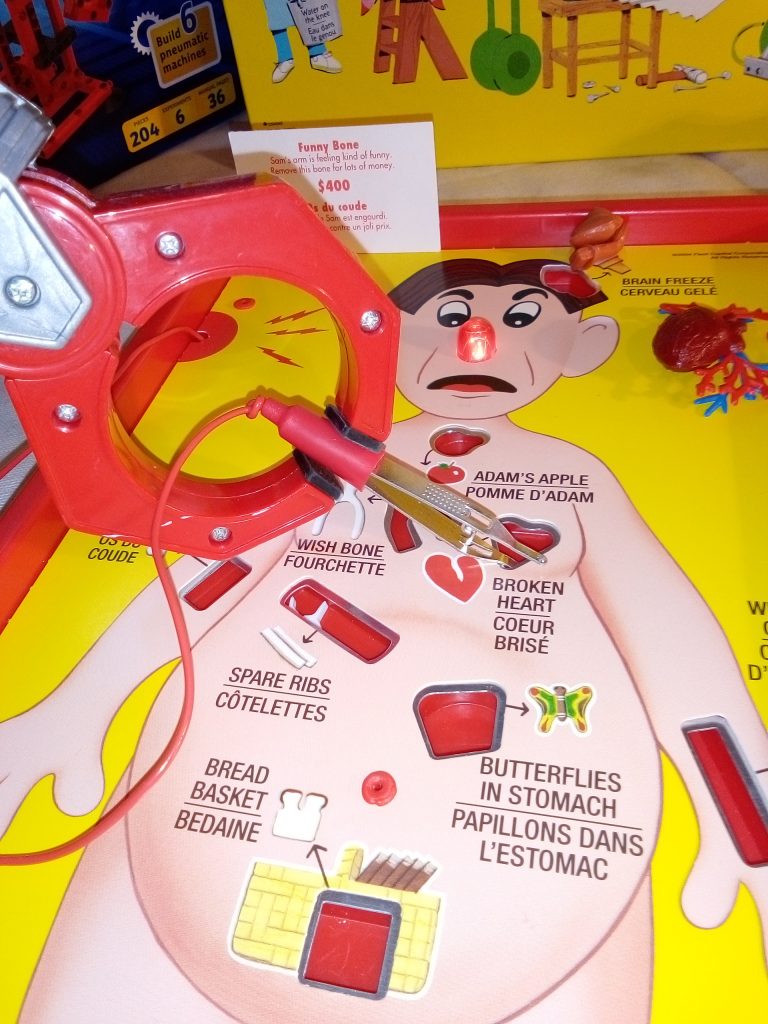
Elon Musk is working on some robot technology as part of his neurallink idea which would allow the small skull implants to be put onto people in an efficient manner. It has been compared to how the Lasik eye surgery business was helped with robotic techniques.
If you go on the internet now you will see medical robot ideas popping up everywhere including one which will insert hair implant plugs into ones scalp.
The Barrett Advanced Robotics company has several amazing products which are being used in medical environments including its Barrett Hand ™ and Barrett Hand ™ Sensor technologies. These videos show some incredible movement with its 3 finger hand as it is able to grab and pour drinks and wire snippers and perform many telemedicine tasks. Watch some of these videos here. https://advanced.barrett.com/barrethand-video-gallery
A new robot called the Nursebot looks like a bed and it is able to automatically transfer a patient from their bed to the nursebot bed beside it and then sit up the patient and take them to the washroom.
One of the most talked about medical service robots is a nursing assistant robot from Hanson Robotics called Grace. It is modelled after Hanson’s more famous Sophia robot. Here is a Youtube video link to the Grace nursing robot. https://www.youtube.com/watch?v=6lcyBTis17g
So under the category of medical robots you could include the following which we will discuss in the other links off this main medical robot link.
1. surgical robots
2. hospital assistance robots (check on patients, deliver meds/water etc)
3 .rehabilitation robots- devices which could help exercise muscles or affected areas which would free up staff to care to other patients
4. companion robots – human looking or not robots on wheels that could check on patients. Or animal appearing robots to visit patients in hospitals or care homes
5. pharmaceutical robot devices – to aid in the production of pills in a plant, or working on hazardous chemicals using robot arms etc
6. bio robots- using robotics to better understand the body and mind with implants and various robotic devices
